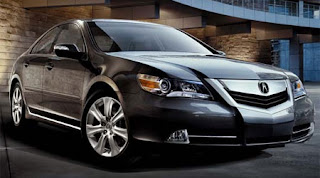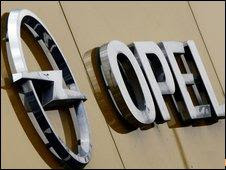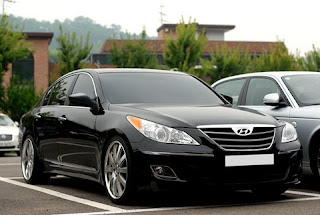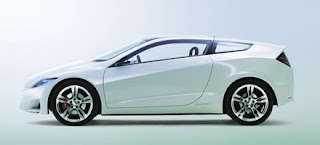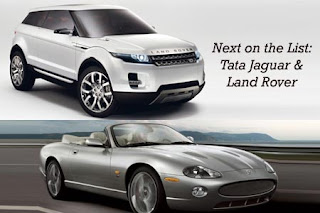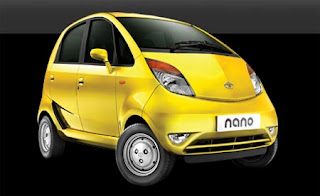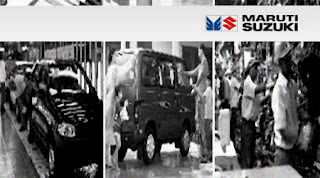Zero Pollution Motors is trying to bring a car to U.S. roads by early 2011 that's powered by a combination of compressed air and a small conventional engine.
ZPM Chief Executive Shiva Vencat said the ultimate goal is a price tag between $18,000 and $20,000, fuel economy equivalent to 100 miles per gallon and a tailpipe that emits nothing but air at low enough speeds.
Elsewhere in the world, the technology is already gaining speed. The French startup Motor Development International, which licensed the technology to ZPM, unveiled a new air-powered car at the Geneva Auto Show in March. Airlines KLM and Air France are starting to test the bubble-shaped AirPod this month for use as transportation around airports.
Engineering experts, however, are skeptical of the technology, saying it is clouded by the caveat that compressing air is notoriously energy intensive.
"Air compressors are one of the least efficient machines to convert electricity to work," said Harold Kung, professor of chemical and biological engineering at Northwestern University. "Why not use the electricity directly, as in electric cars? From an energy utilization point of view, the compressed (air) car does not make sense."
As Vencat spells it out, the "air cars" plug into a wall outlet, allowing an on-board compressor to pressurize the car's air tank to 4,500 pounds per square inch. It takes about four hours to get the tank to full pressure, then the air is then released gradually to power the car's pistons.
At speeds less than 35 mph, the car relies entirely on the air tank and emits only cold air. At faster speeds, a small conventionally fueled engine kicks in to run a heater that warms the air and speeds its release. The engine also refills the air tank, extending the range and speed.
The technology behind the car was developed by the French race car engineer Guy Negre, head of Motor Development International. Besides ZPM, Negre has licensed the technology to Indian car giant Tata Motors and others.
Many of the specifications of ZPM's car are still speculative, but Vencat expects it to go about 20 miles on compressed air alone, and hundreds more after the engine kicks in, with a top speed of 96 mph.
The technology shouldn't sound too outlandish, Vencat said. It's similar to the internal-combustion engines in conventional cars — the main difference is the fuel.
"Every single car you see out there, except an electric car, is a compressed-air car," he said. "It takes air in the chamber and it pushes the piston, and the only way you push the piston is through pressure."
James Van de Ven, a mechanical engineering assistant professor at Worcester Polytechnic Institute who has studied compressed-air technology, said air compressors allow you to recover only 25 to 30 percent of the energy used to compress the air. The rest is lost through heat, air leakage and other forms of waste, he said.
While that's still slightly better a gasoline engine, it pales compared with the efficiencies of other alternative-fuel powertrains, like those in hybrid-electric cars, which have an efficiency closer to 80 percent, Van de Ven said.
A look at some of ZPM's specifications illustrates the issue. With four hours of charging, the air car's 5.5-kilowatt compressor would eat up 22 kilowatt-hours of electricity. That means the same energy used to turn on 10 100-watt light bulbs for 22 hours would allow the car to travel 20 miles.
By comparison, General Motors Corp. has said its Chevrolet Volt will use about 8 kilowatt-hours of energy to fully charge, and it will be able to travel 40 miles on battery power alone.
George Haley, business professor at the University of New Haven, said U.S. safety regulations could be another obstacle given the air car's tiny size and light weight.
Vencat said he gets such criticism "from the whole wide world" and pays it little mind. He counters that the car is cleaner than any internal combustion engine and remarkably simpler — and cheaper — than more advanced powertrains currently under development.
"The big difference is that the (Chevrolet) Volt needs the battery," Vencat said. The Volt's massive lithium-ion battery is a big part of the reason it is expected to cost about $40,000 when it goes on sale late next year.
He acknowledges the difficulties with getting the car out quickly but said he is lining up investors.
"You know, we've got a lot of people who wanted the car yesterday," he said.




